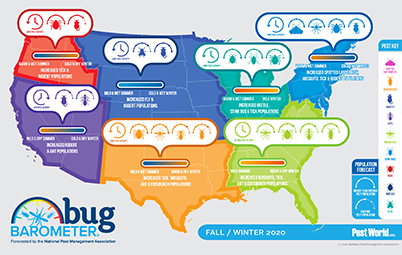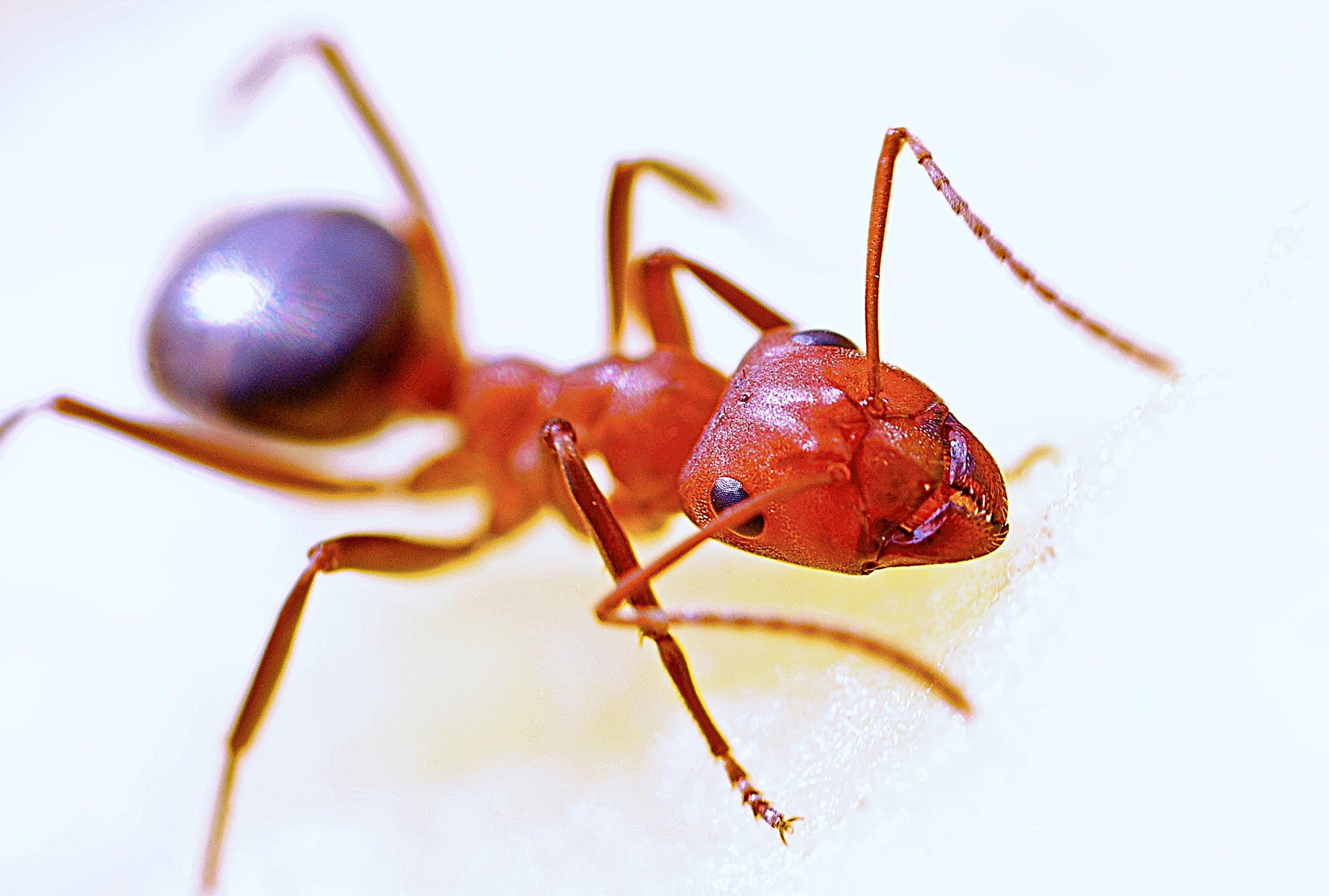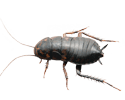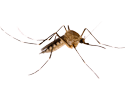Carpenter Ants
What Do Carpenter Ants Look Like?
Carpenter ants are one of the largest ants in Texas and the United States, typically as small as 1/4 of an inch in length. Queens of this species are approximately 9/16 inch long. Carpenter ants vary in color and may appear dull black, brown, red or a combination of the colors.
Why Do I Have A Carpenter Ant Problem?
Carpenter ants often make their way into residential and commercial structures in order to excavate galleries within insulation and wall voids and possibly to forage for sweets, grease, meats and eggs. Outside, they are often found in old firewood, rotting fence posts, stumps and dead portions of living trees. They can even be found under stones and logs.
Where Do Carpenter Ants Nest?
Carpenter ants will nest both indoors and outdoors, they will nest inside of wood that is hollow, wet, moldy, or decaying. Outdoors carpenter ants can be found nesting in tree stumps, fallen logs, firewood, and other landscaping; inside they will nest in water damage wood found behind walls and underneath of flooring. The carpenter ants will create smooth, clean tunnels in the grain of wood; the tunnels that they create allow the ants move safely from one area of the nest to another.
It is important to remember that carpenter ants only use wood to nest in, not to feed on; like other ant species they will create their nesting areas close to their food sources (particularly liking to feed on sweets and meats).
What Kind Of Threat Do Carpenter Ants Pose?
Carpenter ants pose a serious threat to structures in Texas as they hollow out the wood making it unstable. They can cause painful bites should they come into contact with humans.
What Are The Signs Of A Carpenter Ant Infestation?
One of the main signs of a carpenter ant infestation is to see large ants in your home, particularly in kitchen and pantry areas where they are foraging for food. You also may notice them outside your house especially around areas of moisture like outdoor water fixtures, moist landscaping, or where trash is being stored. If carpenter ants have invaded your home you may hear “rustling” or “crackling” sounds from behind your home’s walls as they work.
Another sign that commonly alerts homeowners that carpenter ants are present is an ant swarm, a carpenter ant swarm occurs when the winged reproductive members of a mature carpenter ant colony leave the colony and “swarm” together looking to mate and establish a new colony.
How Do I Control Carpenter Ants?
Beware of pesticides in DIY treatments for carpenter ants as these products may be more harmful to people and pets than the ant itself if not used properly. The professionals at Holder’s Pest Solutions in Houston know exactly what is required to get rid of a carpenter ant infestation. If you’ve noticed piles of saw-dust like shavings, rustling sounds within your walls or have noticed foraging ants on your property, contact Holder’s today.
How Do You Prevent Carpenter Ants?
Carpenter ants can be difficult to prevent, but along with obtaining year-round pest control services there are some things you can do in and around your home to help prevent these damaging pests. Here are few prevention tips:
- Reduce areas of moisture around your home, make sure that gutters are properly draining water away from it; fix any leaky pipes or fixtures in or near your home.
- Replace any wood found on the outside or inside of your home that has been damaged by water.
- Seal any cracks or crevices found in your home’s foundation or exterior walls. Caulk gaps found around windows and doors.
- Eliminate potential food sources inside the home and out. Cleaning up spills and crumbs and emptying the trash often will help discourage carpenter ants.
Our pest professionals can help you identify problem areas as well as the best treatment method to eliminate carpenter ants.
Related Post From Our Blog
Houston Fall & Winter 2020 – What We Can Expect
After several months of heavy rainfall and the flooding that comes with it, Southeast Texans are ready to see what fall and winter have in-store. According to Pest World’s latest Bug Barometer (below), Houston residents [...]
What Are Crazy Ants, And How You Can Prevent Them?
If you haven’t heard about crazy ants and you live in Texas, some might wonder if you’ve been living under a rock. But if that was the case, there’s a good chance you’ve become acquainted with crazy ants anyway! These pests have gotten everywhere, but only in the last decade. Here is some insight into the history of crazy ants in Texas.
How Much Do You Really Know About Fire Ants?
8 True or False Questions that Prove How Much You Really Know About Fire Ants Although they’re small, fire ants wreak havoc here in Houston. The weather can be more volatile in the late summer, [...]












